

Max Davies
2026 Toyota HiAce review
2 Hours Ago

Senior Contributor
Tata, global parent of Jaguar Land Rover, revealed multiple EV concepts at the 2023 Auto Expo in Delhi last week.
The most interesting from a design perspective is the Tata Sierra EV, which claims to pair “timeless design” with “versatile and plush interiors” and be suited to “an outdoorsy lifestyle”.
It dusts off the Sierra nameplate, last seen in the 2000s on a three-door, ute-based SUV.
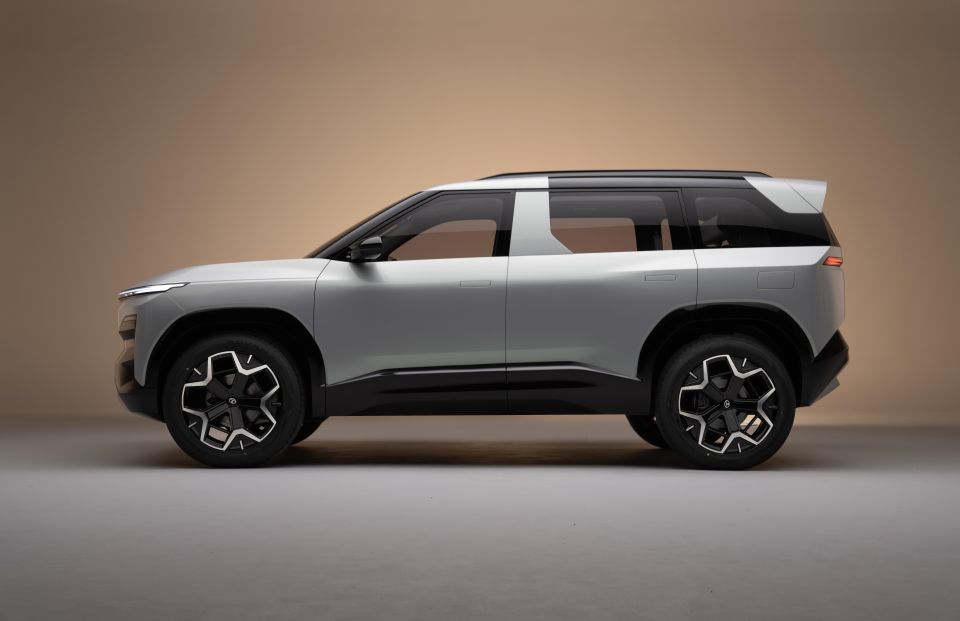
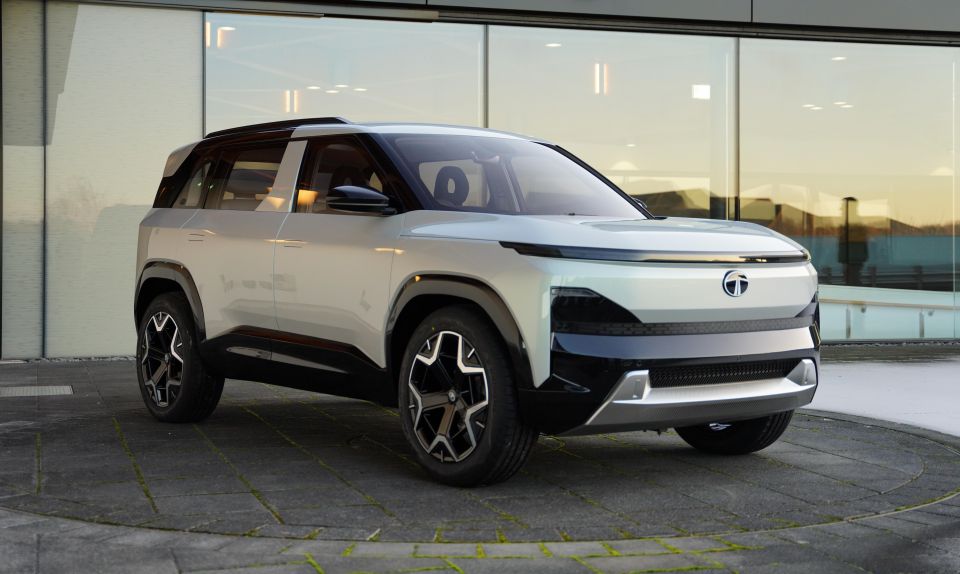
This seemingly almost production-ready Sierra has taut surfacing with muscular fenders and squat proportions, with full-width LED light bars and clamshell shut lines. It also has a quirky B-pillar shape and a blacked-out roof section to amplify the rear windows.
The interior pairs two large screens with a flat-bottom wheel, while the reclining back seats and huge sunroof create what looks like a great back-row atmosphere.

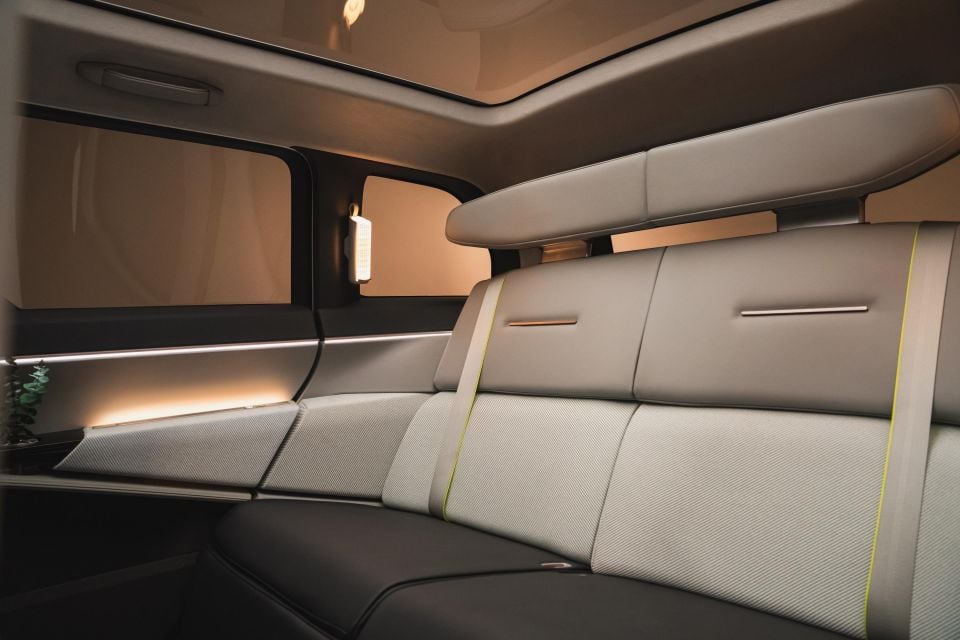
The company has not yet revealed powertrain details, but the company claims the Sierra EV is 90 per cent ready and will go on sale by 2025.
According to Autocar India the Sierra will also be available with an ICE powertrain, but the EV will be the one to be launched first.
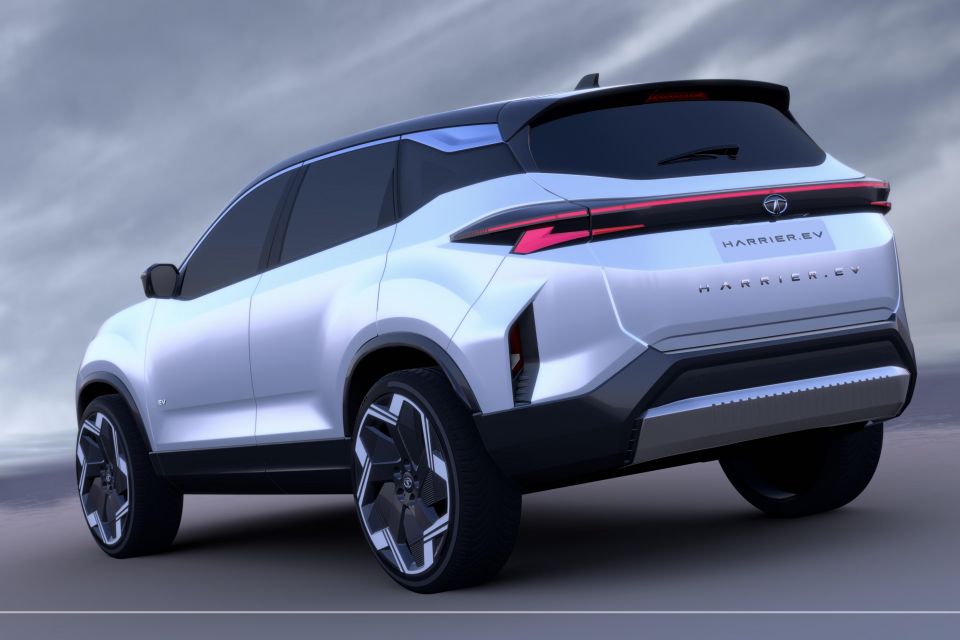
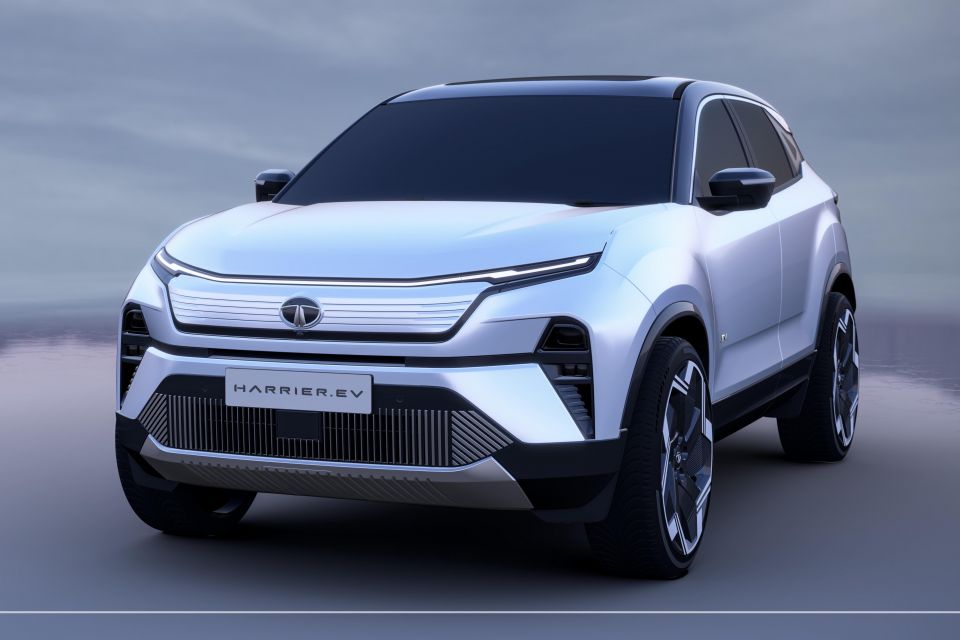
Next cab off the rank is a concept electric version of Tata’s Harrier SUV, which is already on sale in India with combustion engines and sits on the Land Rover Discovery Sport’s JLR D8 platform.
Again Tata held back key data, but Autocar India was on hand to get more information out of company executives, who said the vehicle would hit the market in 2024.
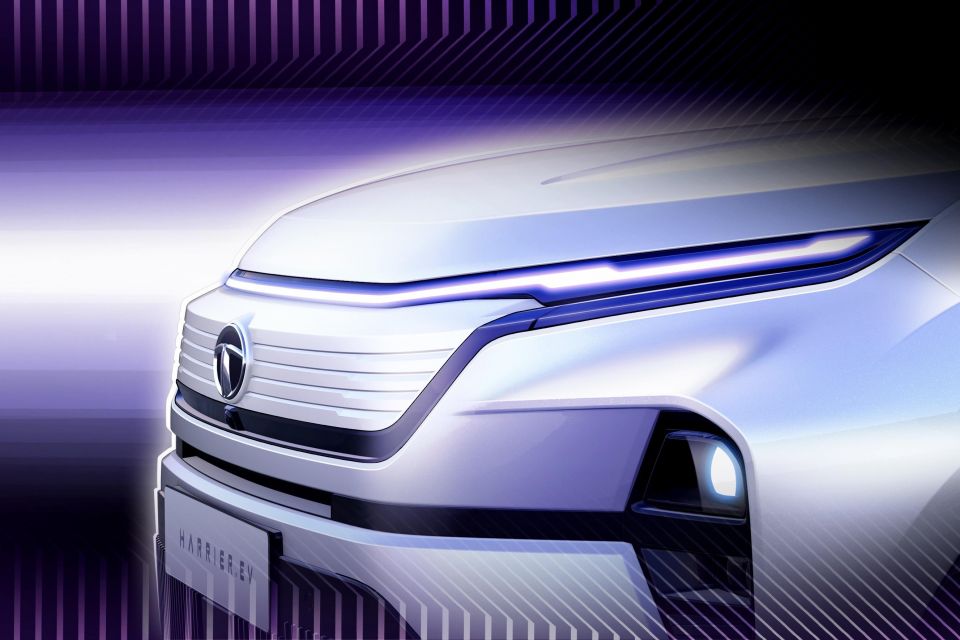
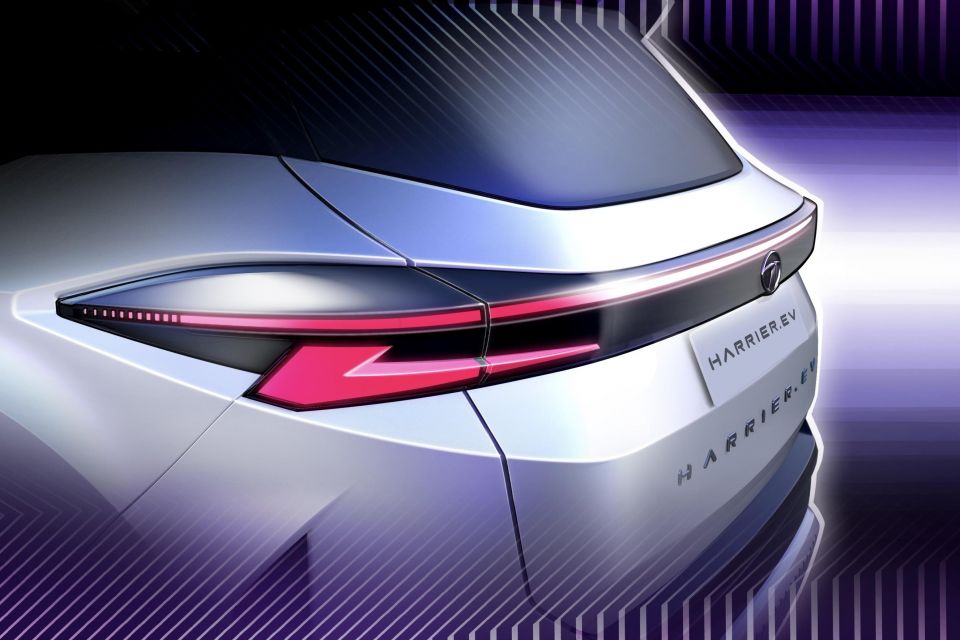
The Harrier EV is expected to keep the D8 architecture with some modifications to house batteries – expected to have a 60kWh capacity for a 400-500km range – as well as a dual-motor AWD system. Tata has apparently confirmed V2L compatibility – handy in a country with regular blackouts.
“The Harrier.ev is a distinctive, dynamic and elegant SUV. Its characteristic elongated Coupe-like silhouette reflects the exhilarating and active customer lifestyle and aspirations. This seductive silhouette is emphasised with a two tone roof and bright garnish over the windows,” Tata claims.
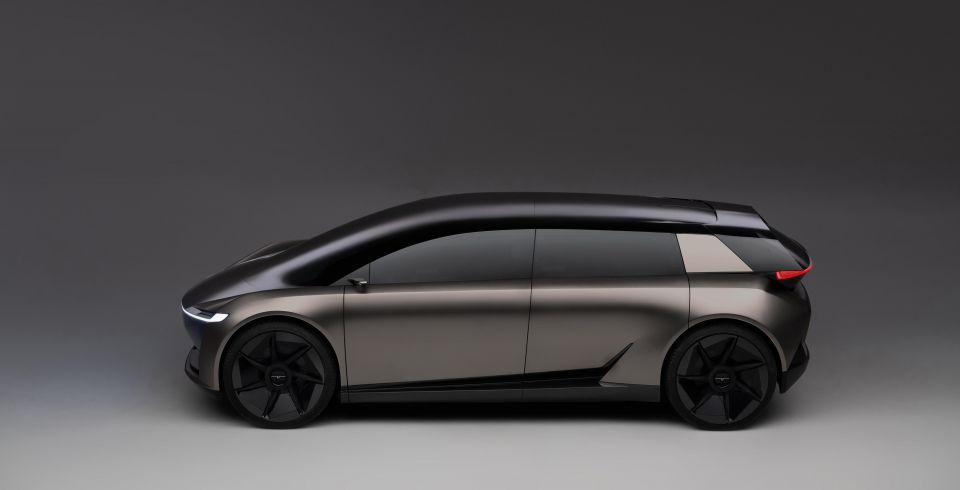
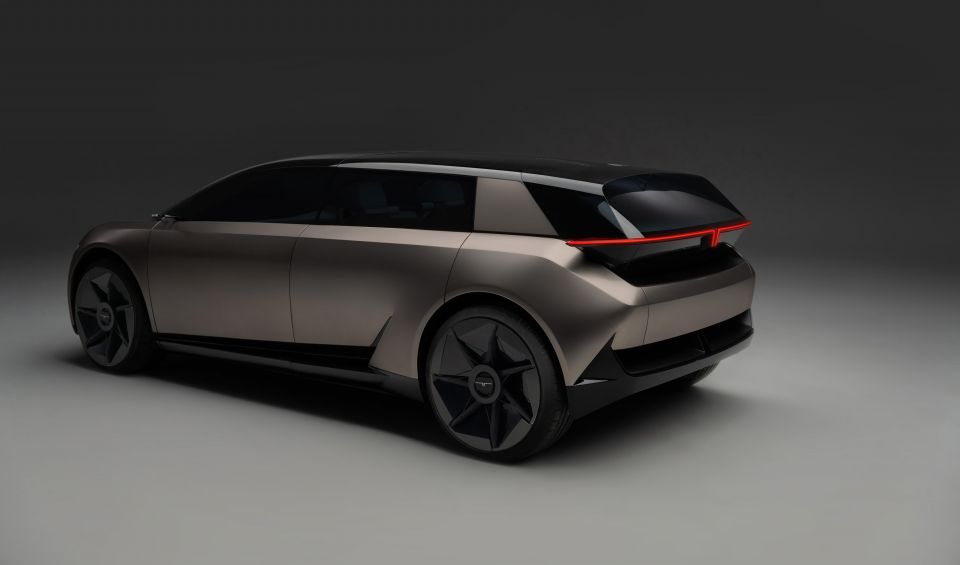
A more radical concept is the Tata Avinya, billed as “a giant stride towards the next generation of electric vehicles by Tata Passenger Electric Mobility” and using its ‘Gen 3’ EV platform.
‘Avinya’ translates as “innovation” in Sanskrit, by the way. It will adorn a road-going model inspired by this concept as soon as 2025, Tata claims, with the ability to add 500km range on a DC charger in about 30 minutes.
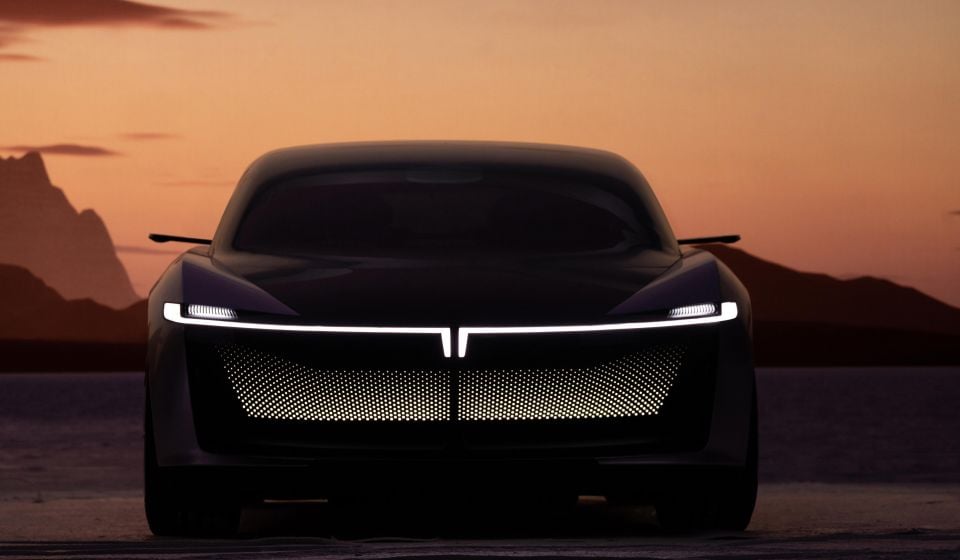
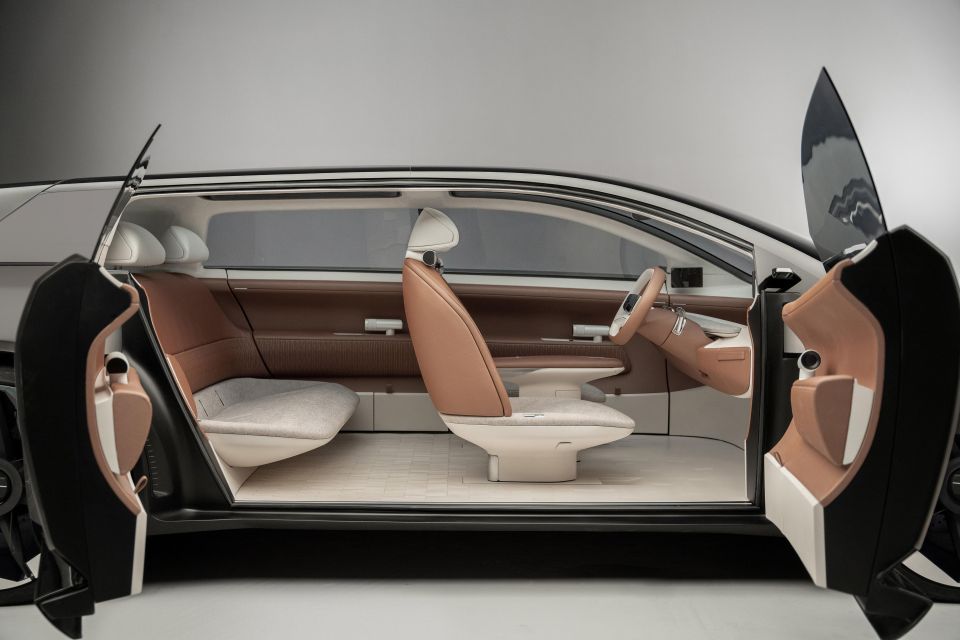
The MPV concept has a long wheelbase and tiny overhangs to maximise space, and offers a radical re-take on Tata’s signature front grille, and a rear LED light bar that loosely forms the brand’s logo.
The lack of a traditional b-pillar and the rear-hinged back doors offer a vast aperture into the minimalist cabin, which aside from the side-mirror-replacing camera display lacks interior touchscreens to “create a stress-free environment for the mind and soul”.
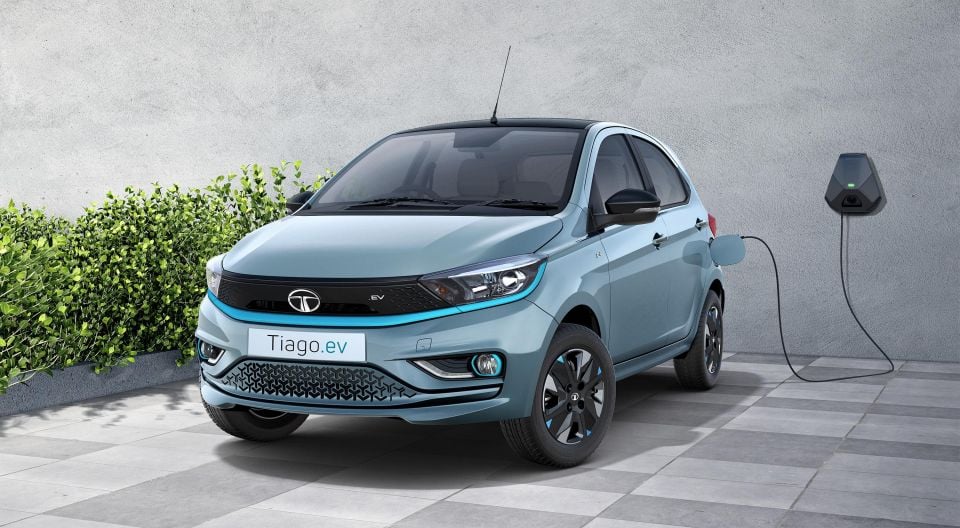
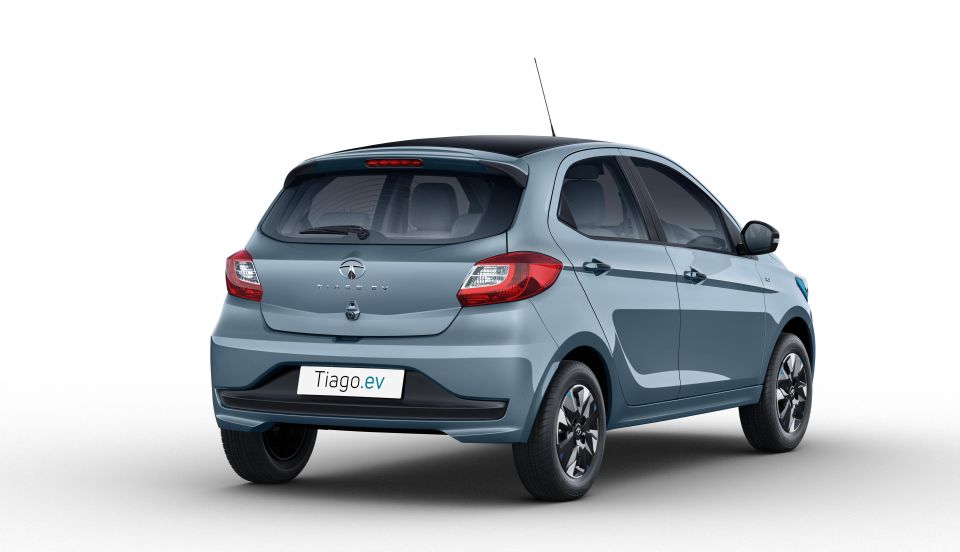
At the polar opposite end of the spectrum is an EV version of the humble Tata Tiago, designed to lower the cost of entry to electric motoring in India.
This little hatch uses Tata’s in-house ‘Ziptron’ electric architecture with either 19.2kWh and 24kWh (liquid-cooled) battery packs and capability to be charged at 7.2kW AC or on a DC rapid charger (10-80 per cent in an hour).
Power comes from an e-motor with either 45kW and 110Nm or 55kW and 114Nm depending on the battery choice and various regenerative braking levels. At 3769mm long, the little Tata is about the size of a Kia Picanto.
Where expert car reviews meet expert car buying – CarExpert gives you trusted advice, personalised service and real savings on your next new car.


Max Davies
2 Hours Ago


William Stopford
18 Hours Ago


Ben Zachariah
19 Hours Ago


Derek Fung
20 Hours Ago


Matt Campbell
1 Day Ago


William Stopford
2 Days Ago